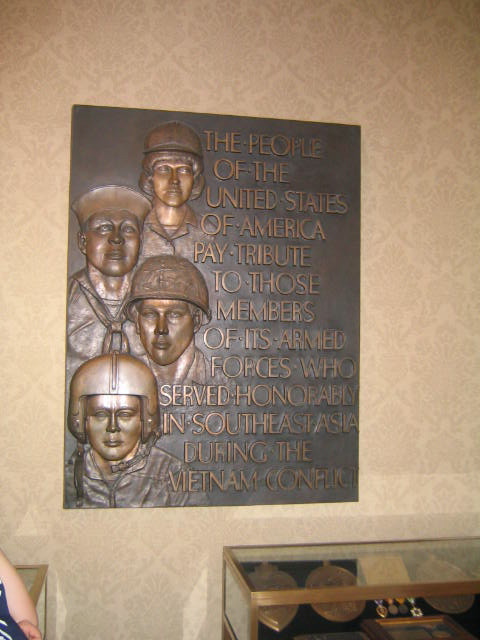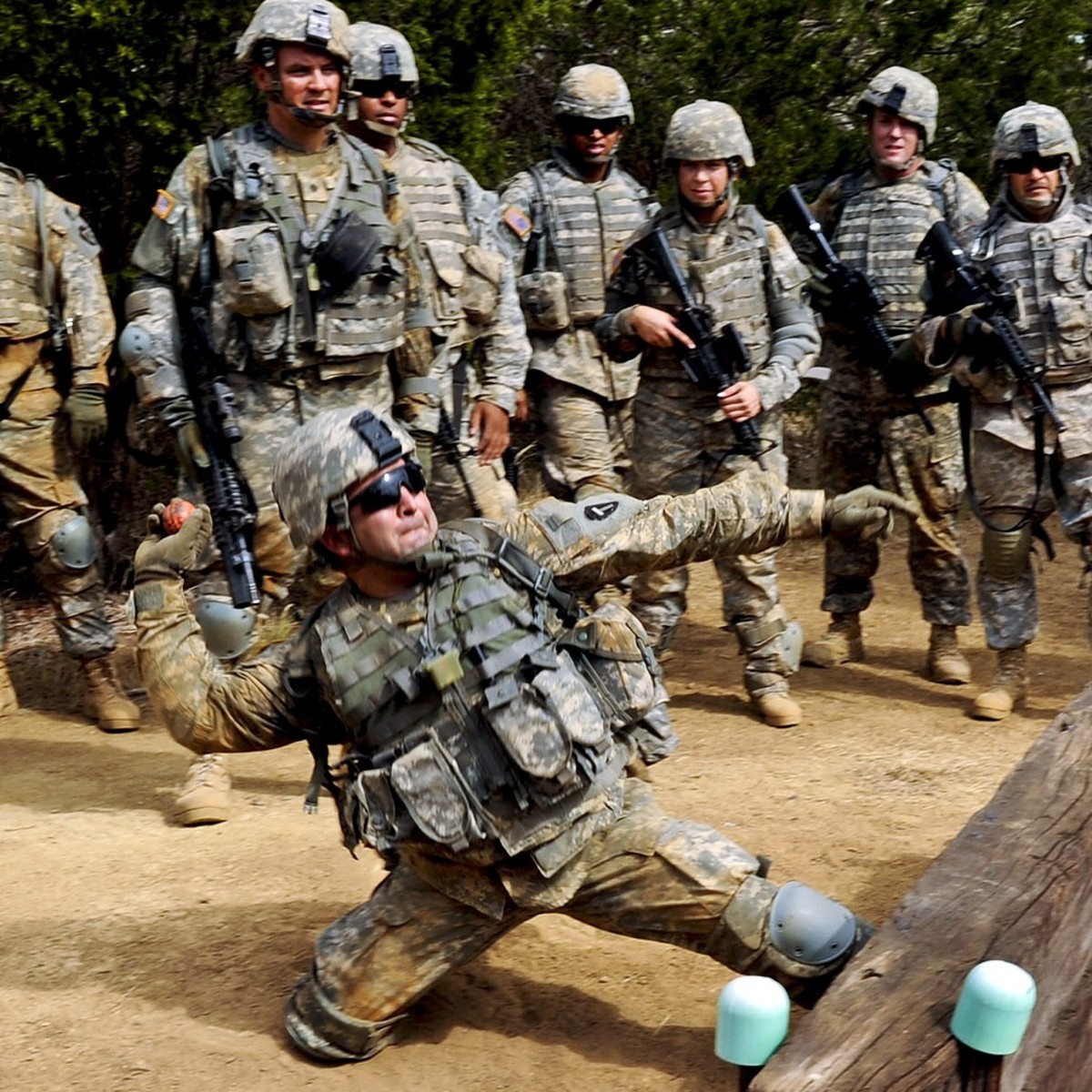Fear & Violence in America

Fear leads to violence
Fear is responsible for most human violence. When violence is committed it can usually be traced back to a fear based reaction to the world. We enter wars with other countries because we fear the enemy. We participate in fights with our partner because we are afraid of how they may not completely satisfy us. We carry guns because we fear being a victim. Many people believe they are justified in being afraid and they often use fear to justify violence; similarly they frequently cite the potential negative consequences of not acting out of fear. Organized religion imposes particular moral beliefs with the threat of a bad afterlife, punishment by god, or another threat meant to persuade followers to act a certain way out of fear of the consequences. The man with the gun is afraid of being violated – he is afraid that his family, friends or his self may be injured, tortured or killed. He believes he is safer with a weapon. The ideology can be summarized as follows: “I believe someone is going to injure or kill me, therefore I am justified in committing violence to protect myself from violence.” Within this paper I’ll attempt to bring to light the fallacies in this way of thinking by examining the relationship between fear and violence in both our innate and learned behavior patterns.
Stopping the Cycle
In my personal experience as a domestic non-violence counselor it has been my job to stop the cycle of violence from perpetuating throughout our generations. After less than six months into my work I began noticing patterns in the behavior of my clients. They admitted and discovered under my guidance that they were repeating the violent behavior of their paternal figures. The verbally abusive client learned name calling from their mother, the coercive client learned how to manipulate from their father and the pessimistic client learned how to be critical and judgmental from their paternal guardian. I would shock new clients when I told them they were repeating the mistakes of their parents and mentors. It became readily apparent that these are learned behaviors and can therefore be unlearned. My job was to help increase their awareness of the patterns and promote more healthy and effective means for them to reach their goals. I believe that I achieved about a seventy percent success rate to date in my three years as a counselor. The success stories in my work experience have led me to believe that violence is not a necessary part of life but rather a choice some people make based on behaviors learned through flawed or absent parenting.

Investment in the Military
In the last half century America has seen a relentless increase in military spending due to the perpetuated belief that war and violence are necessary. In fact, we believe that war is so necessary that we go to high schools to persuade young Americans into believing that the military is good. This is evident in the establishment of Junior Reserve Officers’ Training Corps (JROTC), a program introduced to high schools to promote the values and beliefs of the military. According to Washington Post Staff Writer Avis Thomas-Lester’s article entitled Recruitment Pressures Draw Scrutiny to JROTC, “the Army acknowledges that the programs can help attract soldiers.” Thomas-Lester cites Defense Department statistics acknowledging a doubling of the JROTC budget for such programs over the past fourteen years. This led to approximately 500,000 students enrolled in the program in 2005 compared to 216,000 students enrolled in 1990. Military recruiting is so important to us that we allow the JROTC program to reach children under the age of eighteen; an age too young to make a choice about cigarettes or alcohol but not too young to make a choice about consciously killing other humans while endangering their own life.
Our investment in the military-industrial-congressional complex ultimately begs the question, “do we need a military?” The choice to participate in and/or support a military is based in fear. The supporters of the concept of violence as a necessary part of life use two primary types of arguments (circular and emotive) to sway the thinking of the voters.
Circular logic: We need violence to stop violence
The first argument has many variations but can be summarized as the appeal to violence as a natural part of life. This argument appeals to the very obvious nature of lower conscious beings such as wild dogs, sharks and other predators that use violence to overcome their enemies (other predators) and sometimes for nourishment. The human comparison is “that other country” being equated as the predators that want to do harm to us. The logic follows that if we want to protect our way of life then we need to commit violence to the enemy to prevent them from committing violence to us. This logic is flawed because there are many examples where the initiation of violence typically leads to more violence as is the case with most human long standing grudges. One of the most well known examples of violence reciprocating violence has contributed to the current conflict in the Middle East. When Marinus van der Lubbe burned the Reichstag building in Berlin with the help of Nazi storm troopers, Adolf Hitler gained the support of the Germans, called a state of emergency and began the Holocaust. Hitler used violence to lead the Nazi’s in an occupation of Europe. At the end of the Second World War the Jews were eventually liberated from the concentration camps and allowed entry into Palestine by the British via a document called the White Paper. The Jews began to form the Israeli army which began to occupy the former Arabic lands. This led to more tension and eventually the violence that is the ongoing Middle East Crisis. This is an excellent international example of violence reciprocating violence.
Now take a very simplistic example to illuminate the irrationality of committing violence to prevent more violence, "I need to drive fast or the cops will catch me." This begs the question: "Is driving fast the only way to avoid getting caught?" Maybe there are other ways to avoid capture by the police. Or better yet, what if driving fast actually increases your chances of getting caught? You could prove the statement false by bringing up examples of other ways of avoiding police contact or by proving that the named action (driving fast) leads to the opposite of the desired result (avoiding capture). Now compare this example to the statement, "I need violence (or the threat of violence) to protect myself from violence." Are we sure that this is the only way arrive at the stated conclusion (avoiding violence). A single instance in which we were able to protect ourselves from violence without the use of violence would have the argument proven false. Also, similar to the first example, showing that violence leads to more violence would prove not only that the original statement is false but also that the opposite is true. The idea that violence is the only way to fight violence can also be called black and white thinking or a false dilemma fallacy. The statement ignores alternatives and forces the listener to choose one of the two options. In this case the listener must choose between committing violence in the name of protection or suffer injury from violence. The arguer conveniently avoids the exploration of alternatives.

Emotive Argument: You don’t want to be a victim do you?
The second type of argument is an emotive argument. It’s purpose is to sway the audience to believe the argument is true simply because of the way it makes one feel. The biggest variable in the efficacy of this argument is the listener’s fear. The emotional arguments work best when the listener is actually afraid of the implied consequences of not believing in the proposition. In our case if someone is afraid of terrorism, they might believe that a military is necessary because they are afraid of the perceived consequences of not having a military. In this case the person believes that terrorism can be prevented by having a military. The person believes this not because of some sort of real evidence but because of the feelings that arise when they think of a cataclysmic event happening to them. In truth, less than 4,000 Americans have ever been killed in a Terrorist attack in the past century (2,974 people were recorded to have been killed in the terrorist attacks on the World Trade Center on September 11, 2001, 6 causalities in the 1993 bombing of the World Trade Center, 168 deaths in the Oklahoma City Bombing on April 19, 1995, 63 died in the suicide bombing of the U.S. Embassy in Lebanon in 1983, and 223 people died in the US Embassy car bombings of 1998). The National Highway Traffic Safety Administration publishes statistics on automotive fatalities which range from about 40,000-53,000 annually in America. This means that your chances of dying in a car crash are more than thirty times more likely than dying in a terrorist attack. This means that if President George W. Bush really wanted to protect American lives he would put us all on trains.
Emotional arguments are tricky because they ignore other possible scenarios by focusing the listener’s attention on a very emotive scenario. They work to sway the audience because humans abandon rationality when they become emotional. When the emotion is fear based it obliges the listener to take some sort of action to protect themselves. This concept has had several different names in the fields of psychology and sociology. Most commonly it is referred to as the reptilian response which occurs in the lower region of the brain. It is a very simple stimulus-response function that is usually expressed in our reaction to a stressful situation. The reptilian part of the brain is concerned only with the most vital components of mortal survival; it overwhelms the rational part of the brain that is capable of insight, intelligence and other complex human functions. Russian psychologist, physiologist, and physician Ivan Petrovich Pavlov studied this response to stressful situations in great depth. He is most famous for his work with observing the saliva of dogs before being fed. He conducted many experiments as did his followers that showed how animals react to situations out of habit and can therefore be conditioned to have certain responses. This is known in humans as emotional learning. The amygdalae are clusters of neurons in the brain that are responsible for storing certain memories related to emotional events. When a human is conditioned to believe they should be afraid of something (either from a fear based media report, a peer, etc.) the amygdalae send a message to the hypothalamus to activate the most basic primal reactions to the perceived threat. This is the overriding of emotions accompanied by the abandonment of reason. In other words, you just can’t think right when you are afraid!

Overcoming Fear
Our complicity in the establishment of the JROTC program as well as the increase in military spending is a reflection of our advocacy of the military. Our fears have been embellished by an over exposure to negative images on the television and newspaper. This has caused a suppression of rational thought in a majority of the American population. In my personal experience as a domestic violence counselor I realized that violence is a learned behavior. Pavlov’s research in the biology of emotional conditioning indicates that that prolonged exposure to violent images leads to the predictable reaction of more violence. Social Learning Theory tells us that we learn from our violent role models even if we are not aware of it. All these factors lead us to believe that violence is an ordinary and acceptable part of the human experience. In order to inoculate ourselves against fear we must first become aware of the role it plays in our every day life. We must understand that rational thought is displaced by fearful thought; our brains cannot do both simultaneously. Finally we must accept that we have the power to take control of our lives and think for ourselves using the healing powers of love, forgiveness and creativity.
“There is nothing to fear but fear itself.” -Franklin D. Roosevelt








